
02:44 -
© Ochis
Factors like lifestyle, budget, prescription strength and personal style all come into play when you’re choosing glasses, and the glasses materials used in making your eyewear also affect comfort and sustainability.
Your glasses could be made from metal, plastic or even natural materials like wood, but whether you go for style or substance, here’s a look at the pros and cons of the key materials used in eyewear

© l.a. Eyeworks
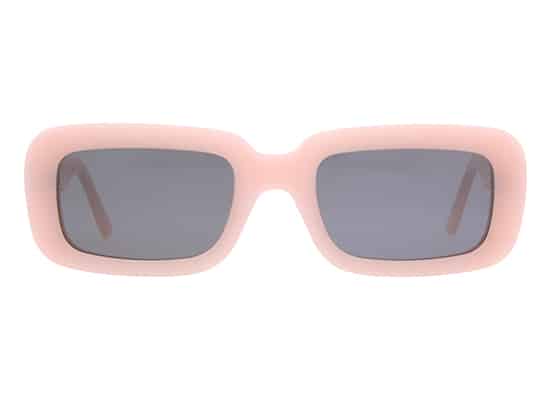
© Andy Wolf
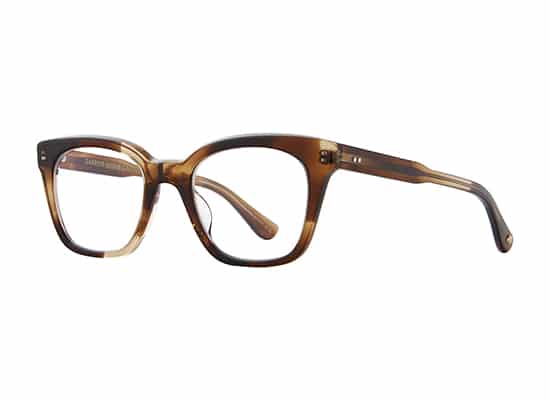
© Garret Leight
Plant-based cellulose acetate — usually made from cotton or wood pulp — is one of the most versatile glasses materials around, often formed around a metal core wire to allow audacious designers like l.a.Eyeworks to make full use of color and form. Although it’s a robust material, it can be brittle and susceptible to heat damage, so you should take extra care of your acetate frames.
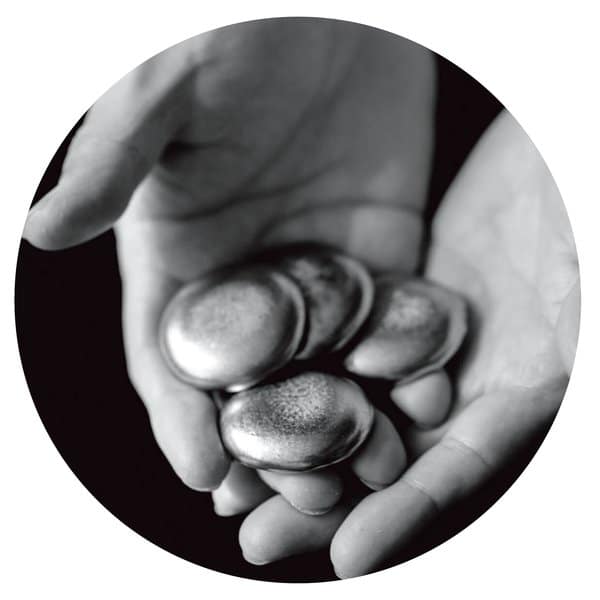
© Charmant France
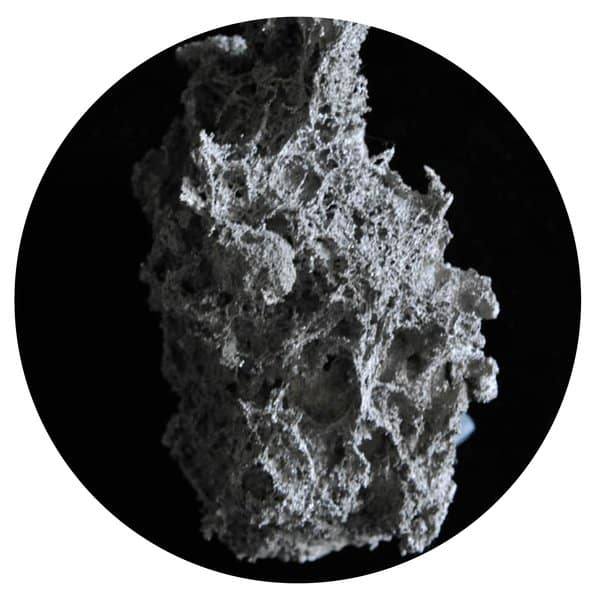
© Charmant France

© Charmant Z
In recent years, titanium has come to the fore in glasses manufacturing with brands like Titanium Optix, as a very strong and lightweight material which means it can hold heavy lenses for stronger prescriptions. It’s resistant to corrosion and unlike other metals, is hypoallergenic, which means it’s ideal for people with allergies. Although it’s coming down in price, titanium frames can be more expensive, but will last longer, meaning you won’t need to invest in a new pair so soon.
Another hypoallergenic metal, stainless steel is cheaper than titanium, more flexible but not quite a strong. It lends itself well to the sleek and streamlined design of eyewear brands like Mykita and remains a good alternative to aluminium or metal alloys containing nickel, which could cause allergy sufferers to flare up. Choose recycled steel to reduce the need for mining new material.

© Ray-Ban
A lightweight metal, aluminium is much less expensive than titanium and comes in a wide range of colors and finishes making it a great fit for classic styles like the Ray-Ban Clubmaster. It’s less flexible than other metal options however, which means designers have less scope for originality and shapes can be basic.

© Ochis Coffee

© Ochis Coffee
Much more flexible and resilient than other plastics, polyamide is a great choice for sports sunglasses and can also take color very well. It’s often used in 3D-printed frames by brands like Forma.
As long as its from a FSC-certified environmentally friendly source, wooden frames by labels like Herrlicht and Shwood can be a great choice for eco-conscious glasses-wearers that’s high on style and comfort, and low on impact. And its biodegradable, so when your glasses have come to the end of the road, they can break back down into the earth. Be sure to protect your wooden frames from moisture however, as they are susceptible to water damage and warping. Although harder to find, water-loving bamboo makes for a fantastic, even more environmentally friendly alternative.
Another super lightweight choice is high-tech carbon fiber, which is also strong and supple making it ideal for high-performance brands like Oakley. It can be expensive, and production is energy-heavy, making it a less than environmentally friendly option and the color choices are not as wide as for acetate and acrylic.

© Ochis

© Ochis
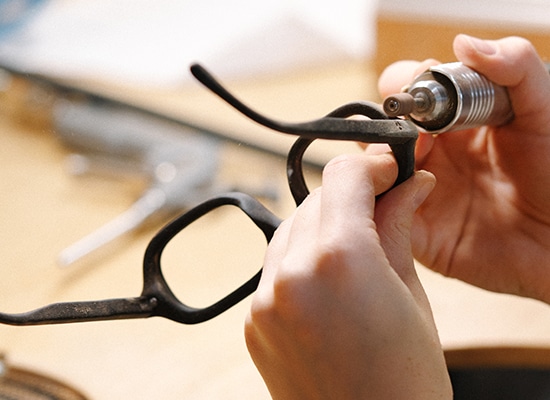
© Ochis
Made from post-consumer plastics or renewable plant materials like coffee and soy, brands like Ochis that use these kinds of eco-plastics help reduce the need for new plastic production made using fossil fuels. As relatively new glasses materials, the range of colors and shapes may not be as wide as for other materials.
The original material for lenses – and the reason why spectacles are known as eyeglasses or glasses – glass maintains its clarity over time, is durable and scratch resistant. It’s also heavier and more prone to breakage and shattering, which is why lenses are now most commonly made from plastic.
This special plastic is lighter and more comfortable than glass, and also safer to wear near the eyes as it is less likely to shatter. It can easily be coated to provide UV or scratch protection, glare-reducing polarized lenses and mirrored lenses, but can sometimes discolor over time.
Made from granules melted in a high-temperature oven then injected into molds, polycarbonate is extremely resistant and provides natural UV protection, making this a great choice for outdoor use. Although its lighter than CR-93 plastic, it scratches more easily and may not be as clear as other glasses materials used for lenses.
Even lighter and thinner than Polycarbonate, Trivex is often used in children’s glasses and safety goggles, as it is very impact-resistant. Trivex lenses are made using cast-molding, which produces sharper optics. They can also block UV rays without an additional coating.
For higher prescriptions which could require thicker lenses in other glasses materials, High-Index Plastic is as strong, clear and fine as you can get. Lenses made from this material will need a scratch-resistant coating however, and may be more expensive.
written by Kate Matthams Spencer